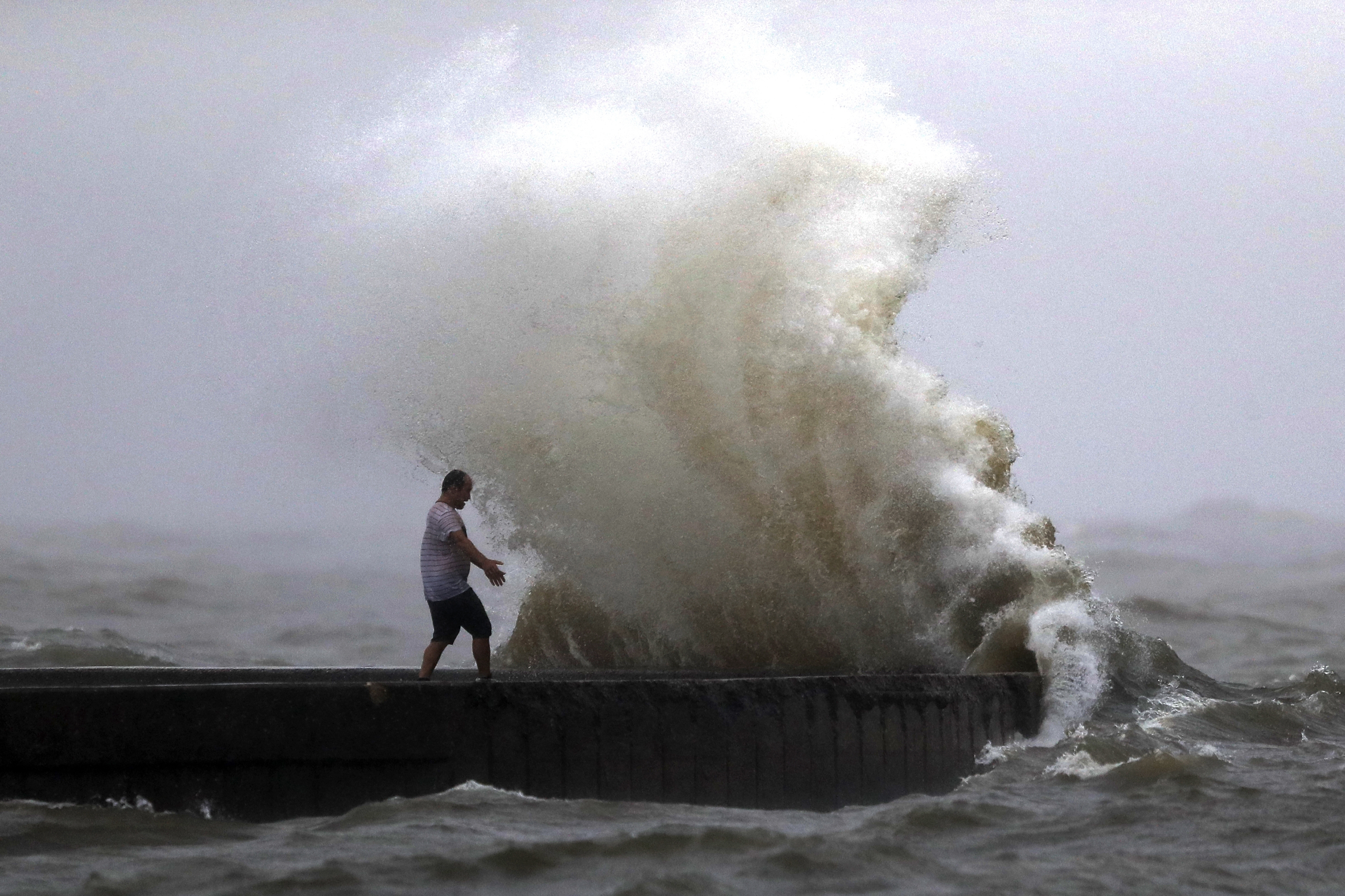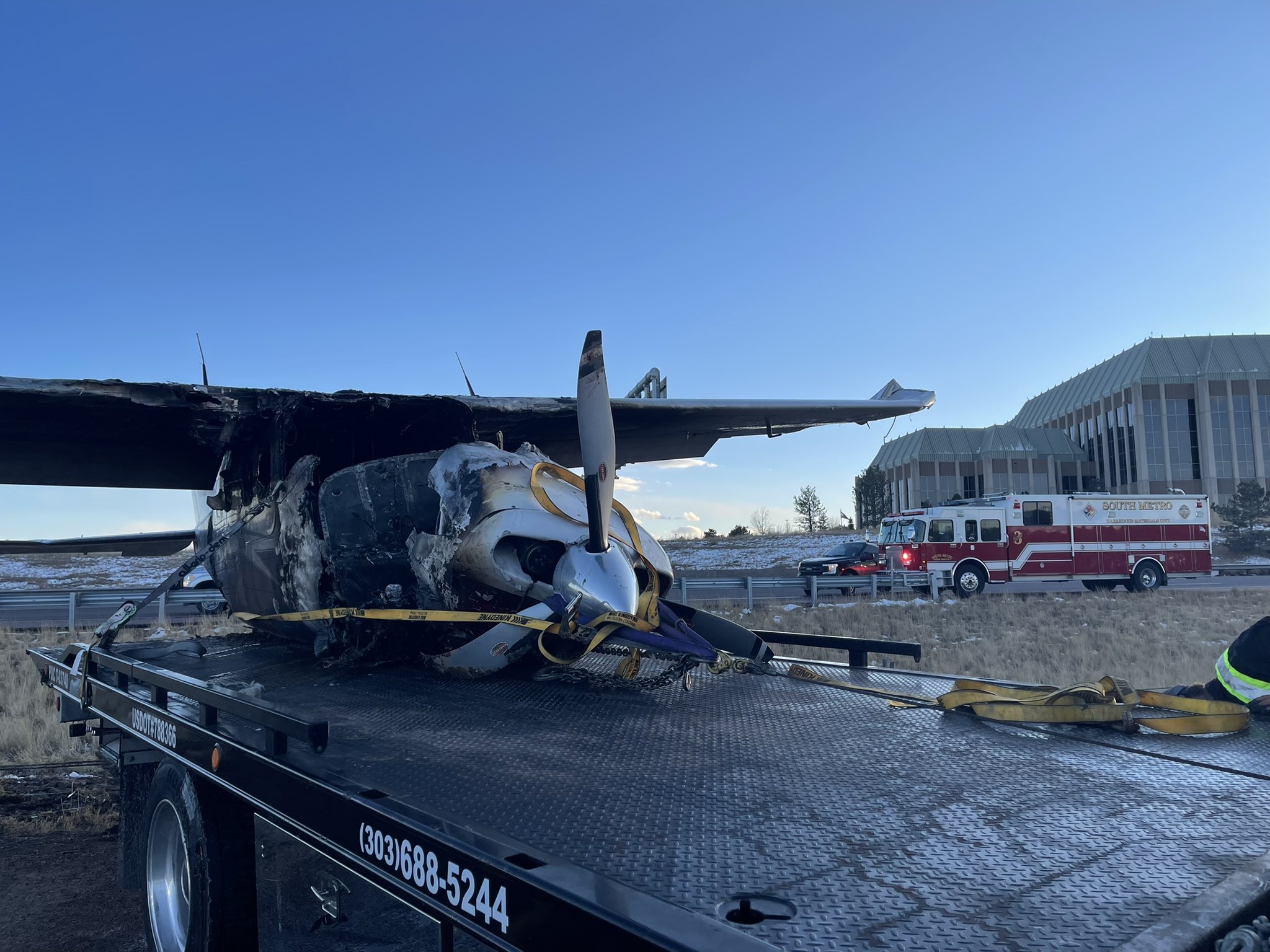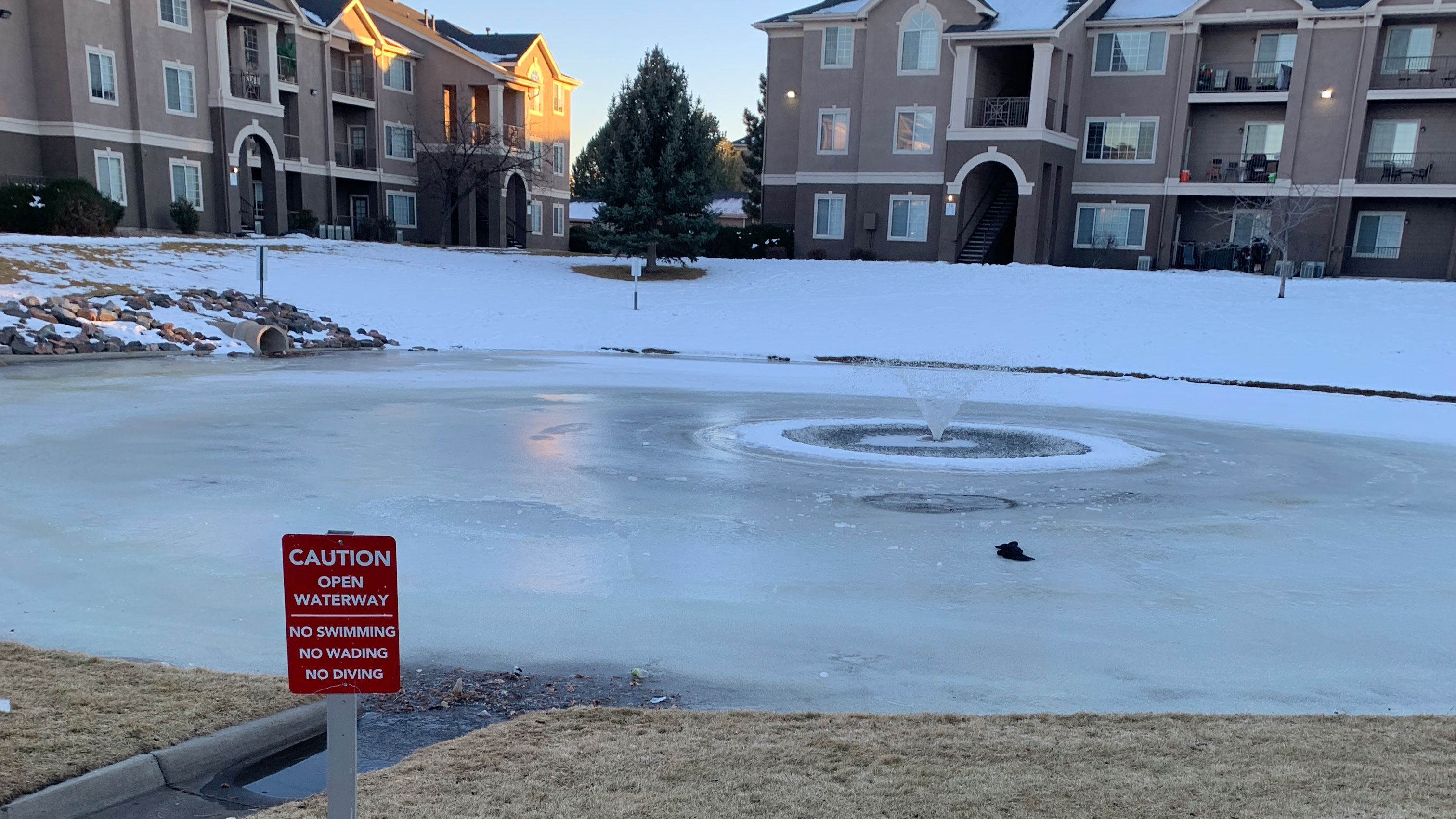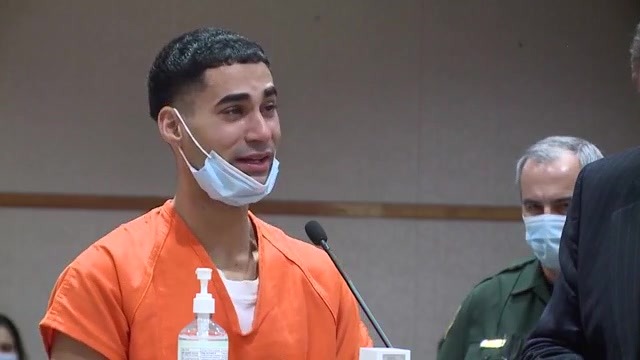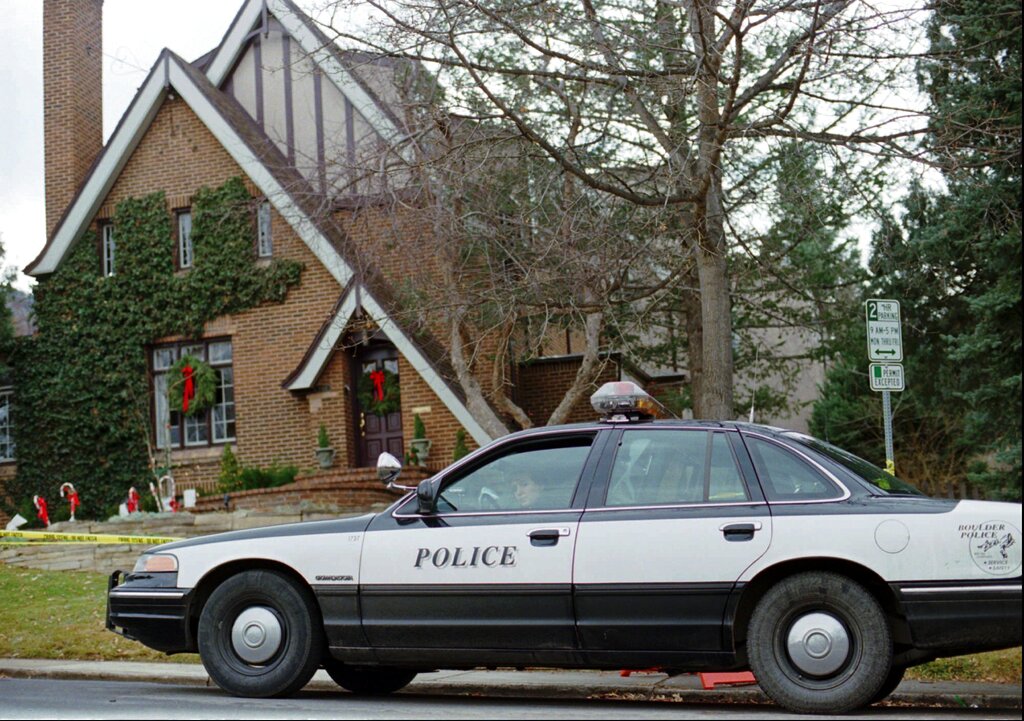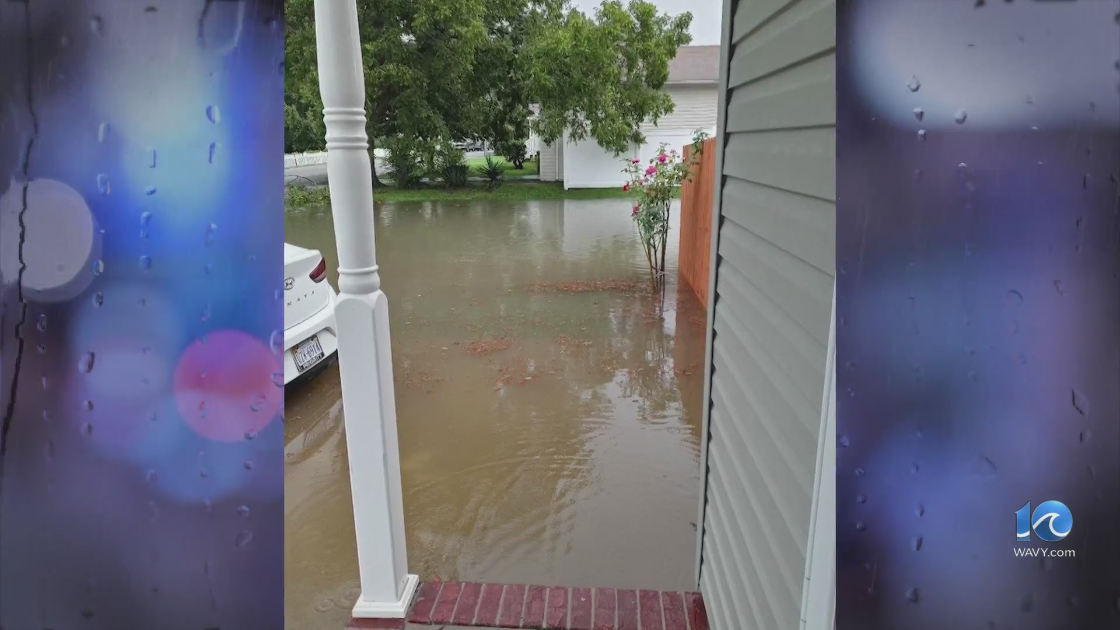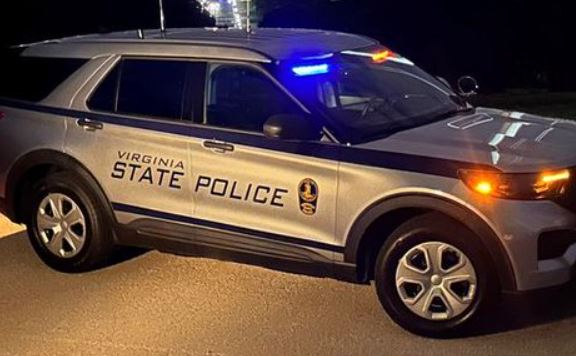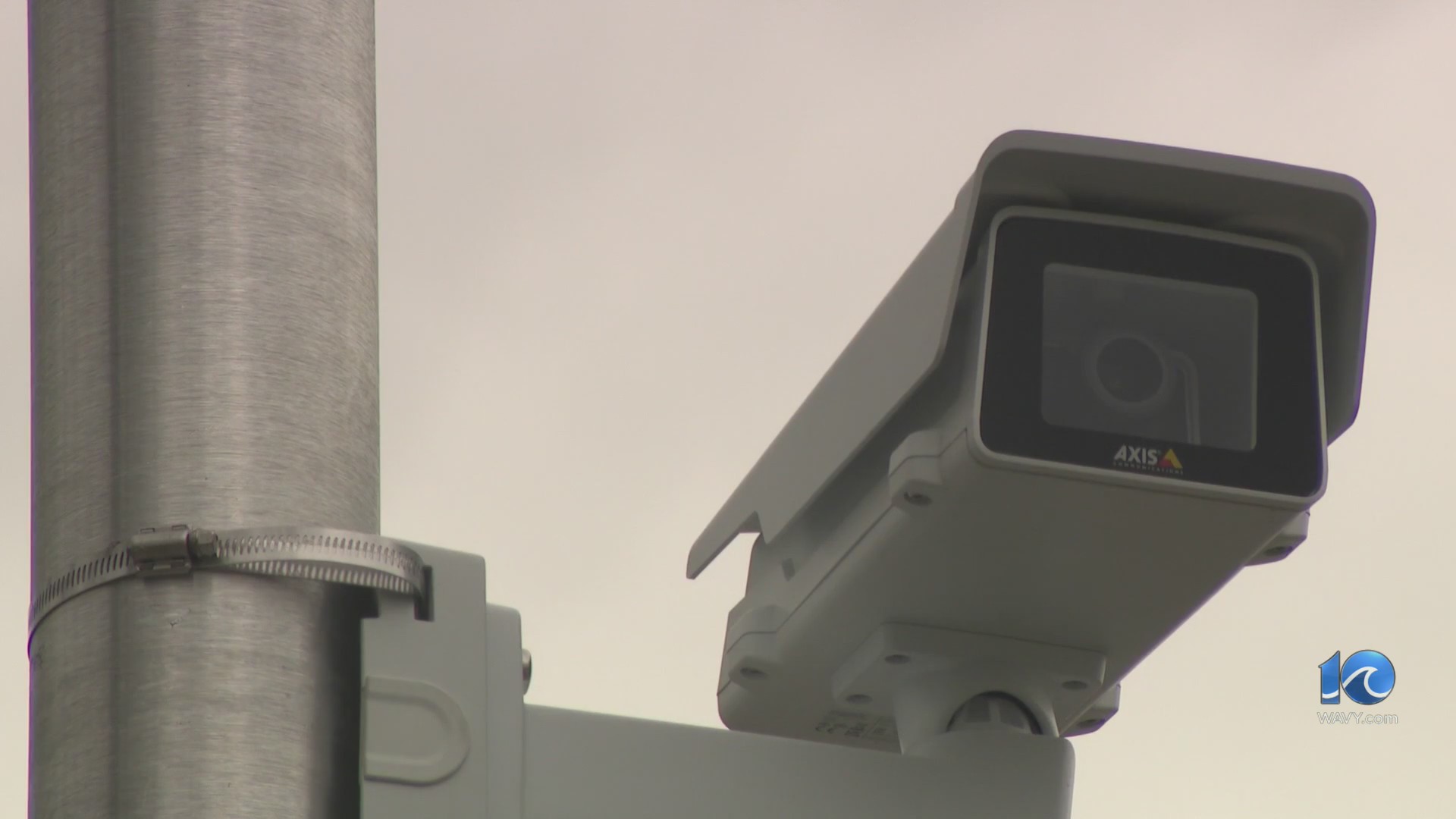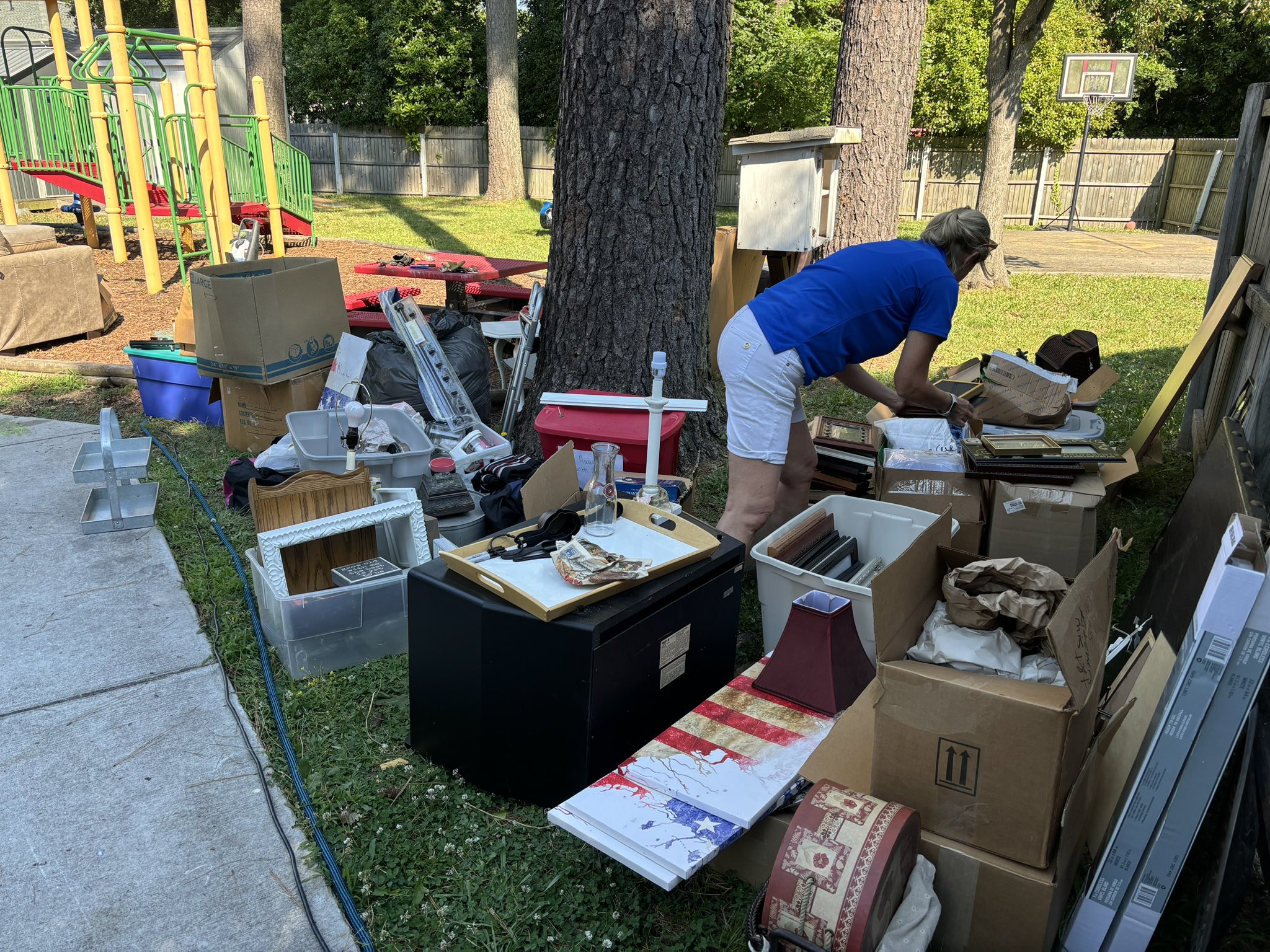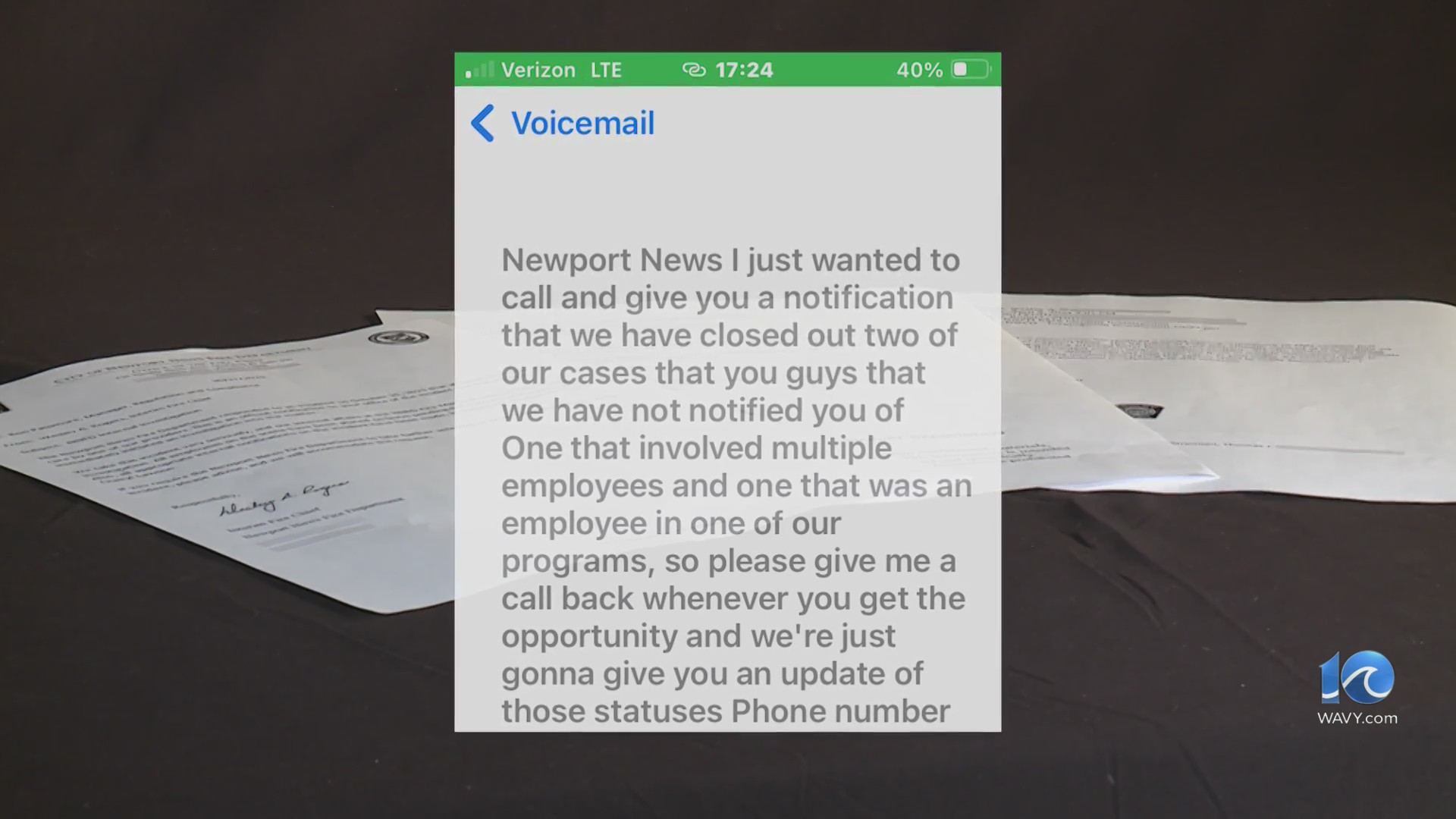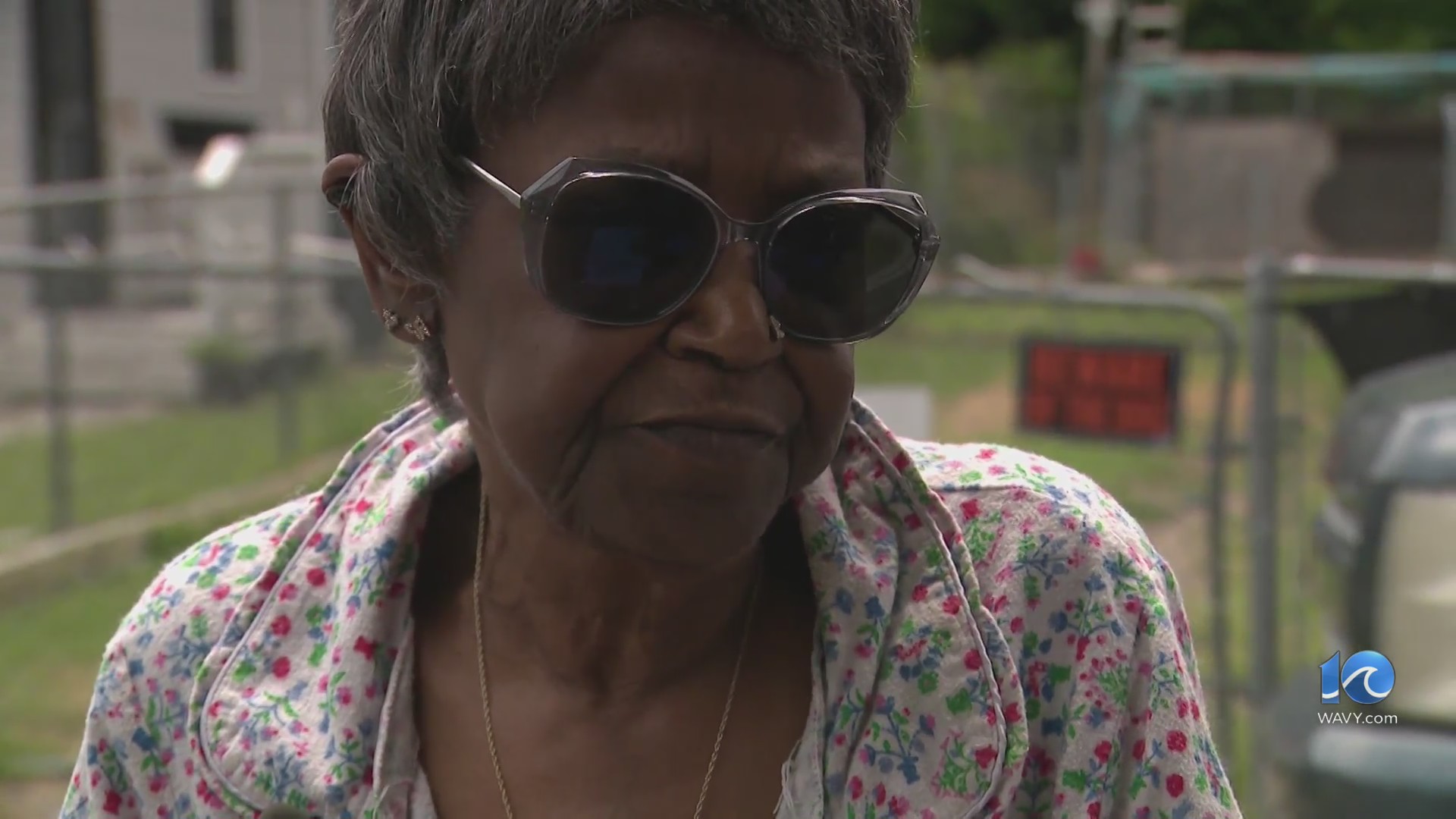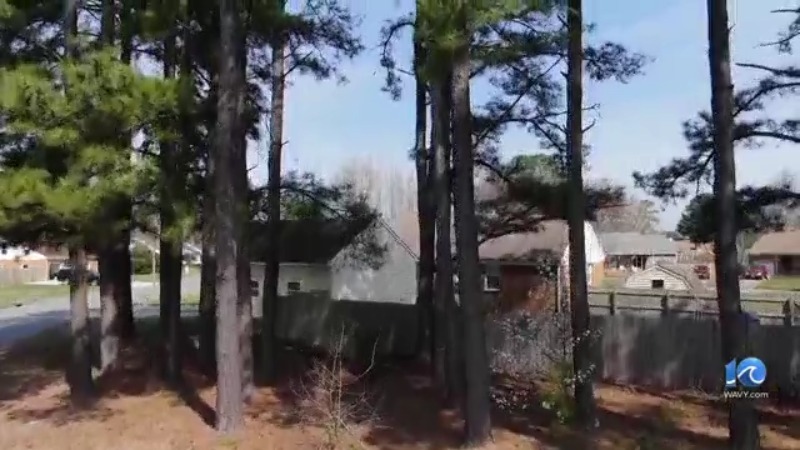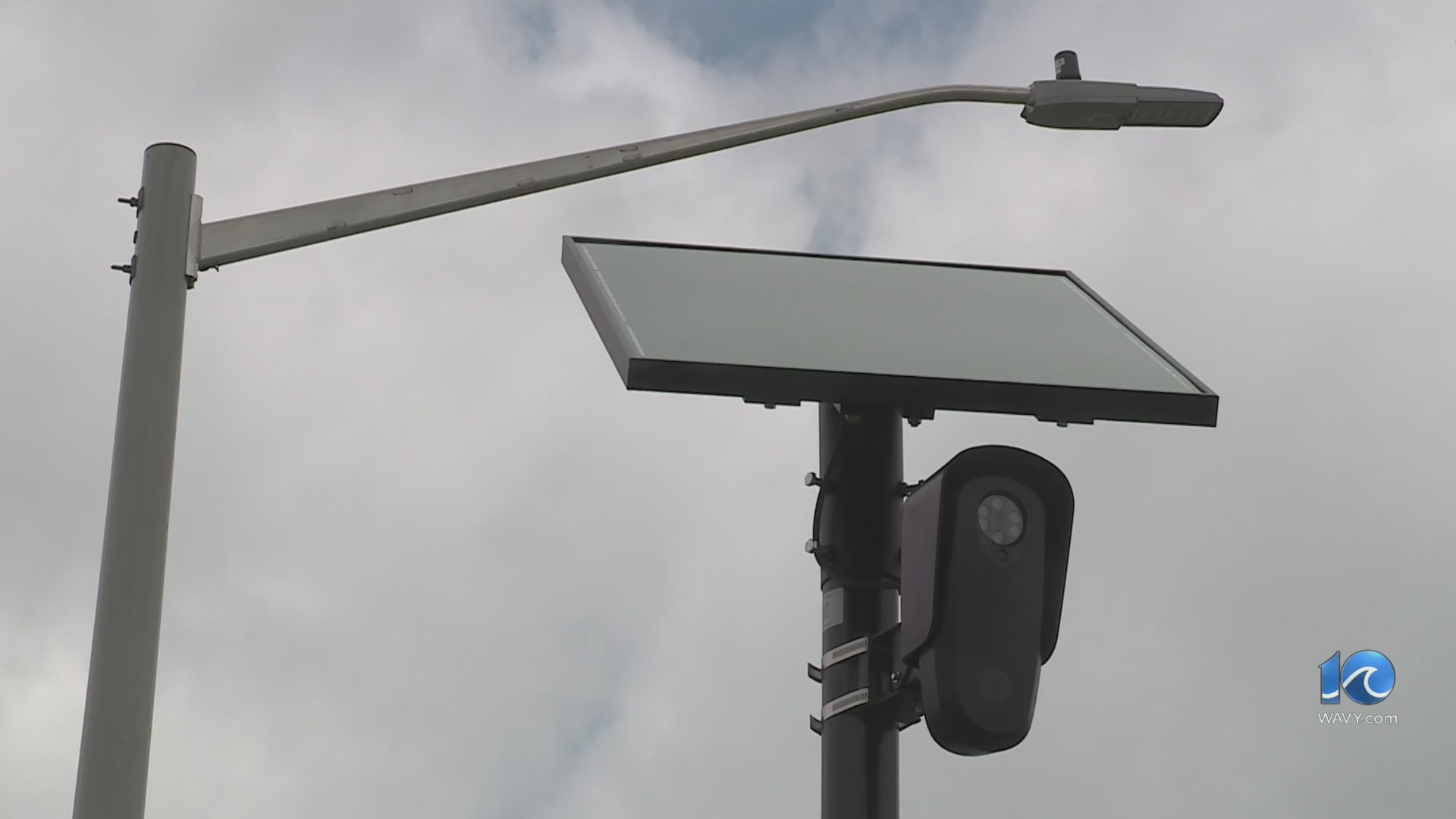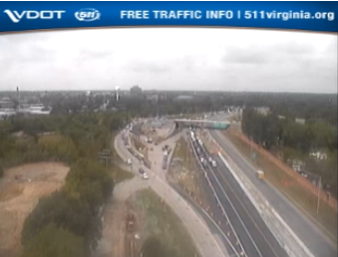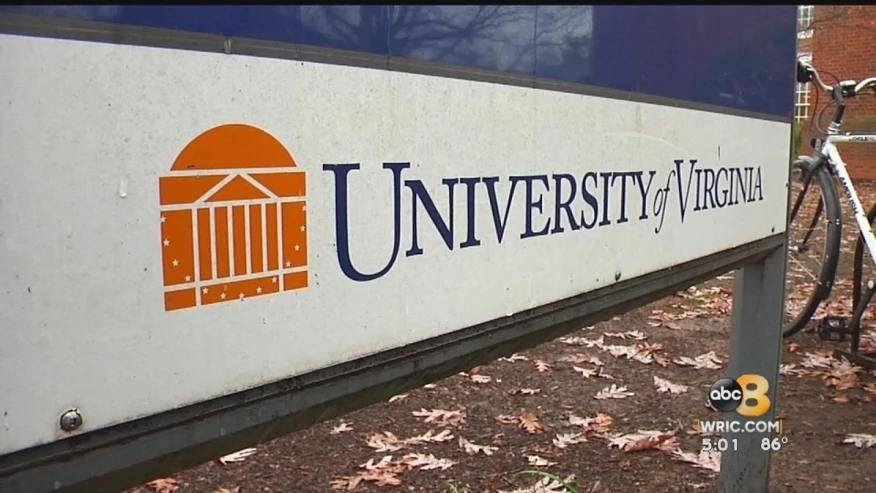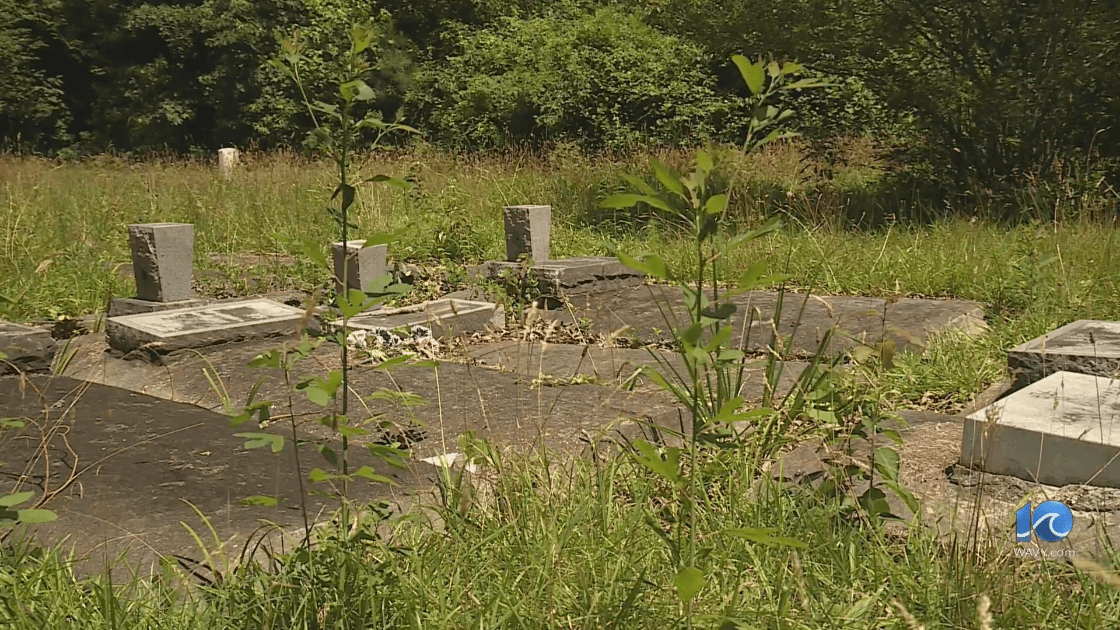RICHMOND, Va. (WRIC) — The Virginia Redistricting Commission will not use the state’s current political maps when drawing boundaries for legislative and congressional districts, voting instead to start the process from scratch.
The bipartisan panel was lauded by members of the public, some of whom said they traveled hours to attend the commission’s meeting Monday in Richmond, for opting to move forward with the “blank-slate” approach backed by residents and advocates against gerrymandering.
Lawmakers appointed to the commission from both sides of the aisle pushed to have two options when drawing new districts, one using the commonwealth’s current political maps and another one from scratch.
Sen. George Barker (D-Fairfax) introduced a motion backed by Sen. Steve Newman (R-Bedford) to use Virginia’s existing districts and a “blank-slate” approach to draw two different sets of political maps.
The lawmakers said having both options would allow commissioners to compare the two maps and better reach a consensus before sending the map to the General Assembly, which will hold an up-or-down vote on whether to enact the new map.
“I think we should do everything we can to make sure that we end up with a process that gets through this commission and a General Assembly passes. And I do believe that if we’re going to do that, there might be some semblance of a map that is somewhat known out there,” Sen. Newman said. “Might be somewhat critical to getting it over the finish line.”
Democratic citizens on the commission argued the public overwhelmingly supports scrapping the existing maps and starting without the current boundaries.
“I think the best way we land this plane is we come together as a commission,” said James Abrenio of Fairfax, one of four Democratic citizen commissioners. “We come up with fair maps that everyone agrees is fair, we present it to the legislature and the public buys in to the extent that if they then turn it down there will be political repercussions from not landing that plane when a commission came together fairly.”
The current districts, used for the 2019 elections, were drawn by a court-appointed expert and approved by a federal court after the U.S. Supreme Court ruled the maps created under the Republican-led state legislature in 2011 were racially gerrymandered.
In the end, Barker’s effort failed 7 to 9 and the commission approved the plan to have its map-drawers begin working on the new maps from scratch with a 12 to 4 vote.
Last week, debates over how the map-drawing process would move forward revealed the partisan differences within the group, leading some members to share that state lawmakers have expressed doubts on whether the panel will accomplish its goal of drawing a new map.
Virginia’s Constitution requires the new 16-member redistricting commission, created through a voter referendum and tasked with redrawing the state’s congressional and legislative districts, to submit its plans to the General Assembly “no later than 45 days” after receiving 2020 Census data.
The redistricting commission will meet next on Aug. 30 to go over the work plan outlined by the map-drawers selected by the panel’s partisan lawyers.

